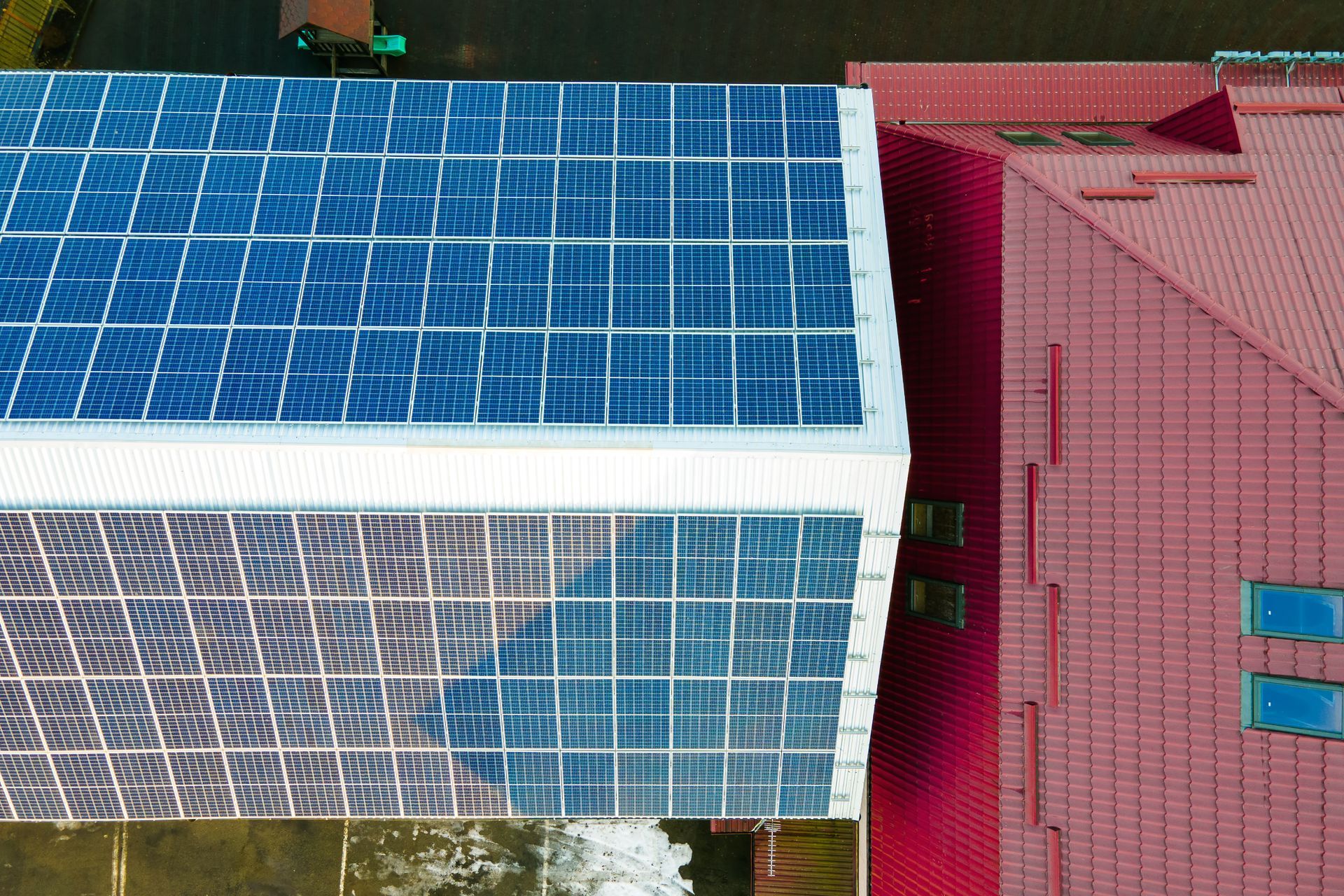Solar and the Sun....
The Sun accounts for 99.86% of the mass in the solar system. It has a mass of around 330,000 times that of Earth. It is three quarters hydrogen and most of its remaining mass is helium.
Over one million Earth’s could fit inside the Sun. If you were to fill a hollow Sun with spherical Earths, somewhere around 960,000 would fit inside. However, if you squashed those Earths to ensure there was no wasted space then you could fit 1,300,000 Earths inside the Sun. The surface area of the Sun is 11,990 times that of Earth.
The energy created by the Sun’s core is nuclear fusion.This huge amount of energy is produced when four hydrogen nuclei are combined into one helium nucleus.
The Sun is almost a perfect sphere. Considering the sheer size of the Sun, there is only a 10 km difference in its polar and equatorial diameters – this makes it the closest thing to a perfect sphere observed in nature.
It takes eight minutes for light reach Earth from the Sun. The average distance from the Sun to the Earth is about 150 million km. Light travels at 300,000 km per second so dividing one by the other gives you 500 seconds – eight minutes and twenty seconds. This energy can reach Earth in mere minutes, but it takes millions of years to travel from the Sun’s core to its surface.
The Sun rotates in the opposite direction to Earth with the Sun rotating from west to east instead of east to west like Earth.
The Sun generates solar winds. These are ejections of plasma (extremely hot charged particles) that originate in the layer of the Sun know as the corona and they can travel through the solar system at up to 450 km per second.
DOES THE SUN HAVE ANOTHER NAME?
While our Sun does not have an official scientific name, it does have another common name: Sol. This name originates from the ancient Roman’s god of the Sun, Sol. This alternate name is where we get the term “solar system,” which literally means system of the Sun.










